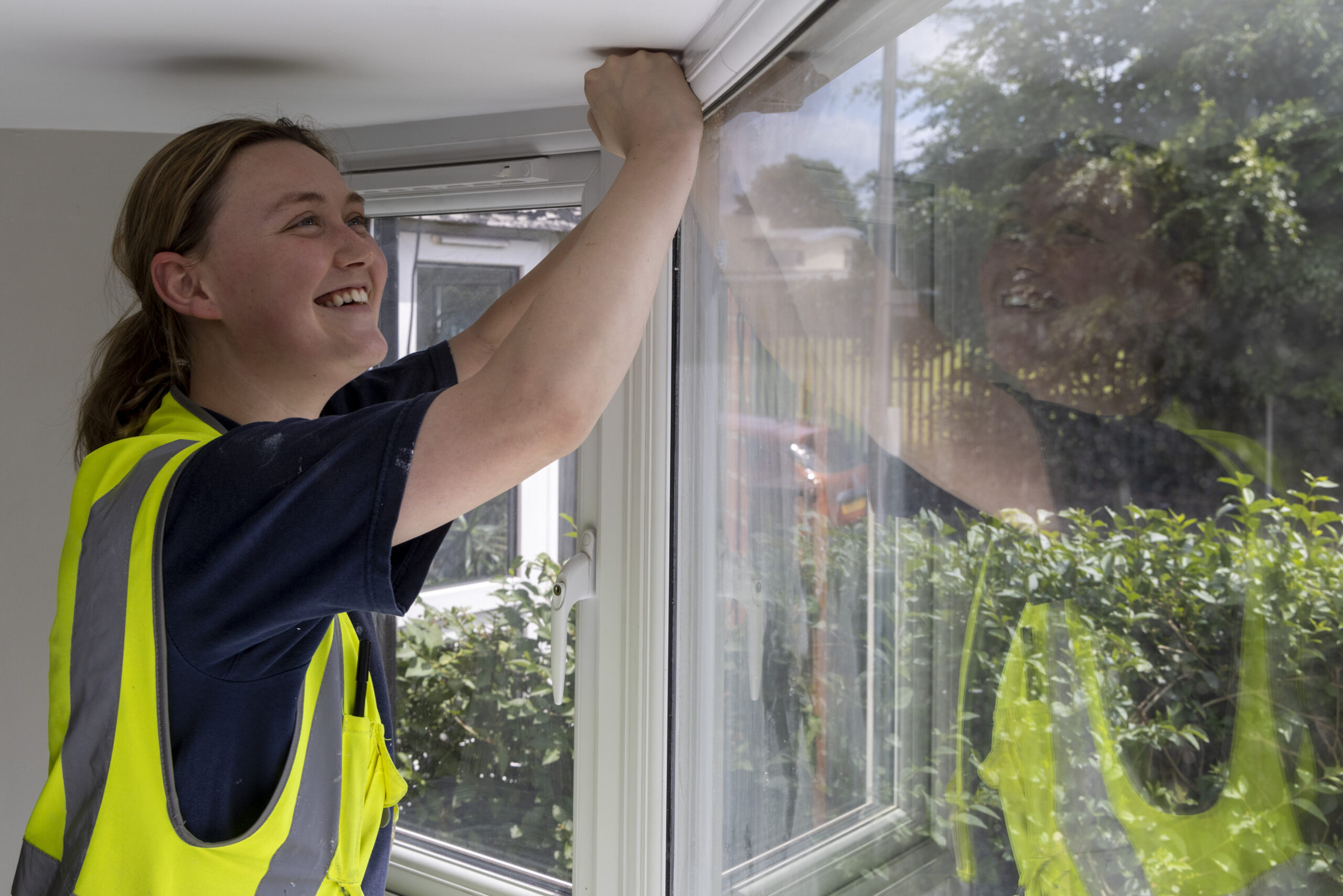Hello!
 According to Pew Research Center, one in five American families have multiple generations living under the same roof. In these multigenerational homes, people of all ages live together, pooling resources. Some just need temporary support. Others find multigenerational life so rewarding that they’re in it for the long haul.
According to Pew Research Center, one in five American families have multiple generations living under the same roof. In these multigenerational homes, people of all ages live together, pooling resources. Some just need temporary support. Others find multigenerational life so rewarding that they’re in it for the long haul.
Where are these suddenly-expanded households living? A few people pull up stakes and move into a home that’s ready-to-go. This can be a smart choice, especially if the family is moving to a lower cost of living area. The dollar can stretch farther in rural places, letting families buy a sprawling ranch home for less than the cost of a big city apartment.
However, others choose their old home over a clean slate. They may not want to uproot the kids from a good school district, or the commute may be too long. Maybe a senior in the family just isn’t willing to give up a house that’s been in the family for generations. These families will need to work with what they have. That means retrofitting the home.
Are you faced with the daunting task of coming up with a retrofit plan? Here are the steps to take.
Start With a Vision
What would your ideal multigenerational home look like? Don’t just ask yourself this question. Reach out to everybody who’s going to be moving in. This is a great time to daydream and brainstorm. It also gives you valuable information on what everyone prioritizes.
For example, teens may be happy to live in a small room in the finished basement if that gives them their own space, while seniors could need a place on the first floor because the stairs are too taxing to climb up, and this may need to be equipped with a medical or life alert system of some kind also. People who work night shifts might prefer a quiet bedroom far away from the nursery, while retirees who’ve taken up art or photography may need a room with good lighting.
 Once you have an idea of each person’s wants and needs, it’s time to see how that fits into the existing home. If you’re having trouble seeing the space with new eyes, try sketching out a simple floor plan. This can give you an idea of the possible future layouts without getting distracted by what’s in it now.
Once you have an idea of each person’s wants and needs, it’s time to see how that fits into the existing home. If you’re having trouble seeing the space with new eyes, try sketching out a simple floor plan. This can give you an idea of the possible future layouts without getting distracted by what’s in it now.
Balance Access and Privacy
People who live by themselves or with just a few others naturally find their own balance of time between social and alone. When someone needs to recharge, they just go to a quieter room or find a reading nook. Meanwhile, in a busy multigenerational home, socializing is easy but personal space is at a premium.
Renovation and redecoration are your golden opportunities to help the people moving in feel comfortable in their new home. This is true even for those who require a lot of care like the elderly and people with disabilities. Their caregivers may need to be able to see them at any hour, but they still appreciate private space as much as everybody else.
Some households create these areas with remodels such as an over-garage suite, full apartment in the basement, or other accessory dwelling unit (ADU). However, the solution could also be as simple as setting up a few comfortable seats by the bedside. You can also use furniture placement and rolling screens to visually split up big rooms. This makes areas that are distinctly for one person, not open to everybody all the time.
Define Priorities
Priorities and budgets go hand in hand. Basically, you’ll need to bring your dream home into the real world by timelining it. What absolutely must be done now? What can get pushed back until you have more time or money?
 For instance, you might need to prioritize senior-friendly renovations if an elderly loved one is about to be released from the hospital. These could include widening doorways, adding a wheelchair ramp, installing grab bars in the bathroom, all the things that would be done anyway for a single senior planning to age in place. Alternately, families with very young children may need a space that’s been toddler-proofed.
For instance, you might need to prioritize senior-friendly renovations if an elderly loved one is about to be released from the hospital. These could include widening doorways, adding a wheelchair ramp, installing grab bars in the bathroom, all the things that would be done anyway for a single senior planning to age in place. Alternately, families with very young children may need a space that’s been toddler-proofed.
And be sure to take the long-term plans of all house members into your calculations. What if your out-of-state cousin wants to go to a college near you? They often have to spend at least 12 months living in-state to qualify for in-state fees. You may need to move that teen in ASAP, which means getting the bonus room fixed up first.
Nail Down a Budget
Home renovations can range from a few quick tweaks to months of work and five-figure bills. And as we all know, construction and material costs have increased in recent years. This makes it more important than ever to figure out what you can afford to invest in this project, both in terms of finances and time. Add padding to both the budget and schedule so you won’t get caught off-guard.
 Don’t neglect to work out a contingency plan if the retrofit is really dragging on. Can the people who want to move in extend their lease month-to-month? Will you need to look at long-term hotels in the area? See what you can work out and keep everyone in the loop about how the renovation’s going.
Don’t neglect to work out a contingency plan if the retrofit is really dragging on. Can the people who want to move in extend their lease month-to-month? Will you need to look at long-term hotels in the area? See what you can work out and keep everyone in the loop about how the renovation’s going.
Retrofitting a home for multigenerational living is the process of accommodating everyone who is sharing one roof. This can be tricky as each person may have different needs and those needs can change over time. So how do you balance what everyone wants with the realities of the budget and timetable? Stick to the priorities and offer give-and-take for the rest.
Thank you!
Join us on social media!
See you!






